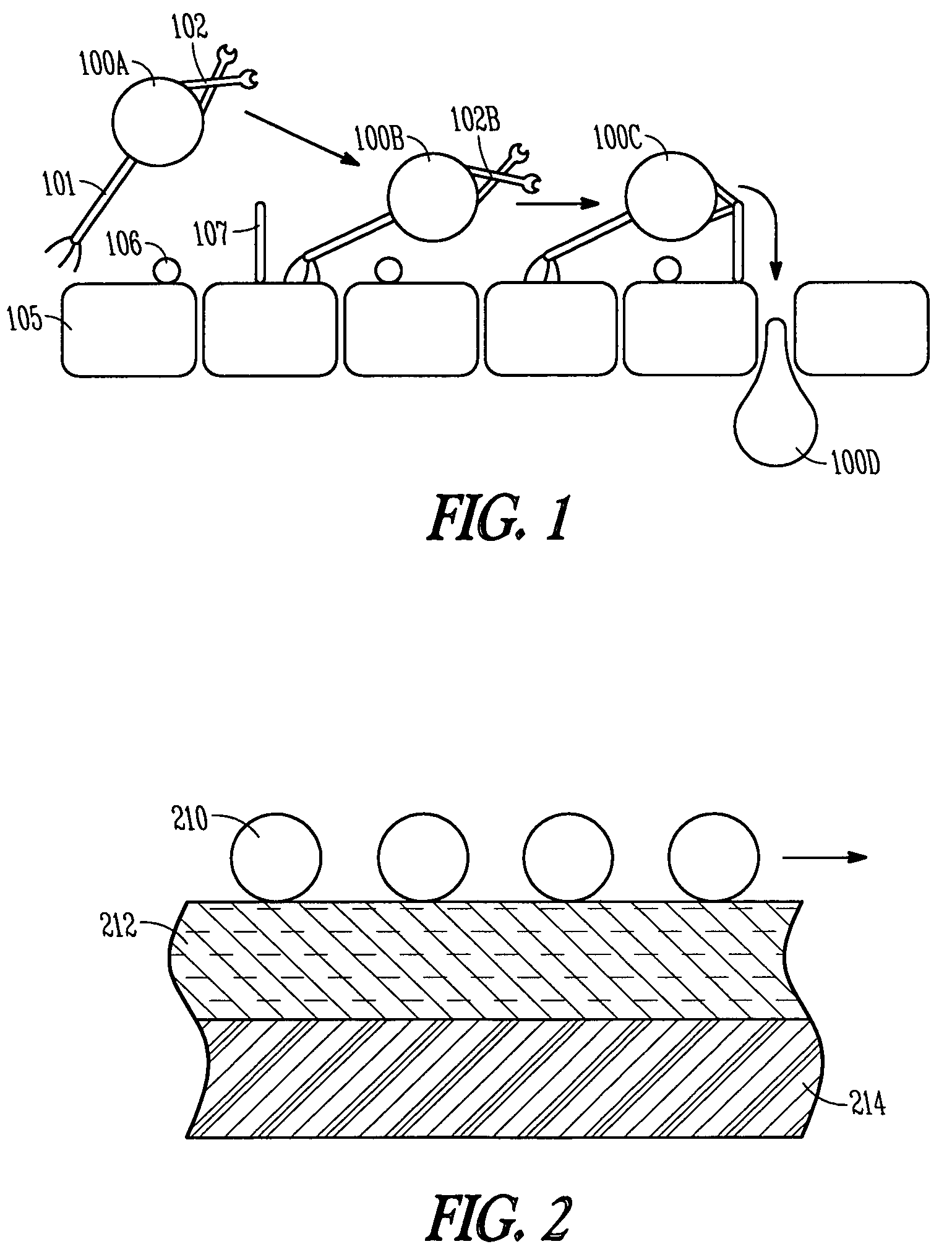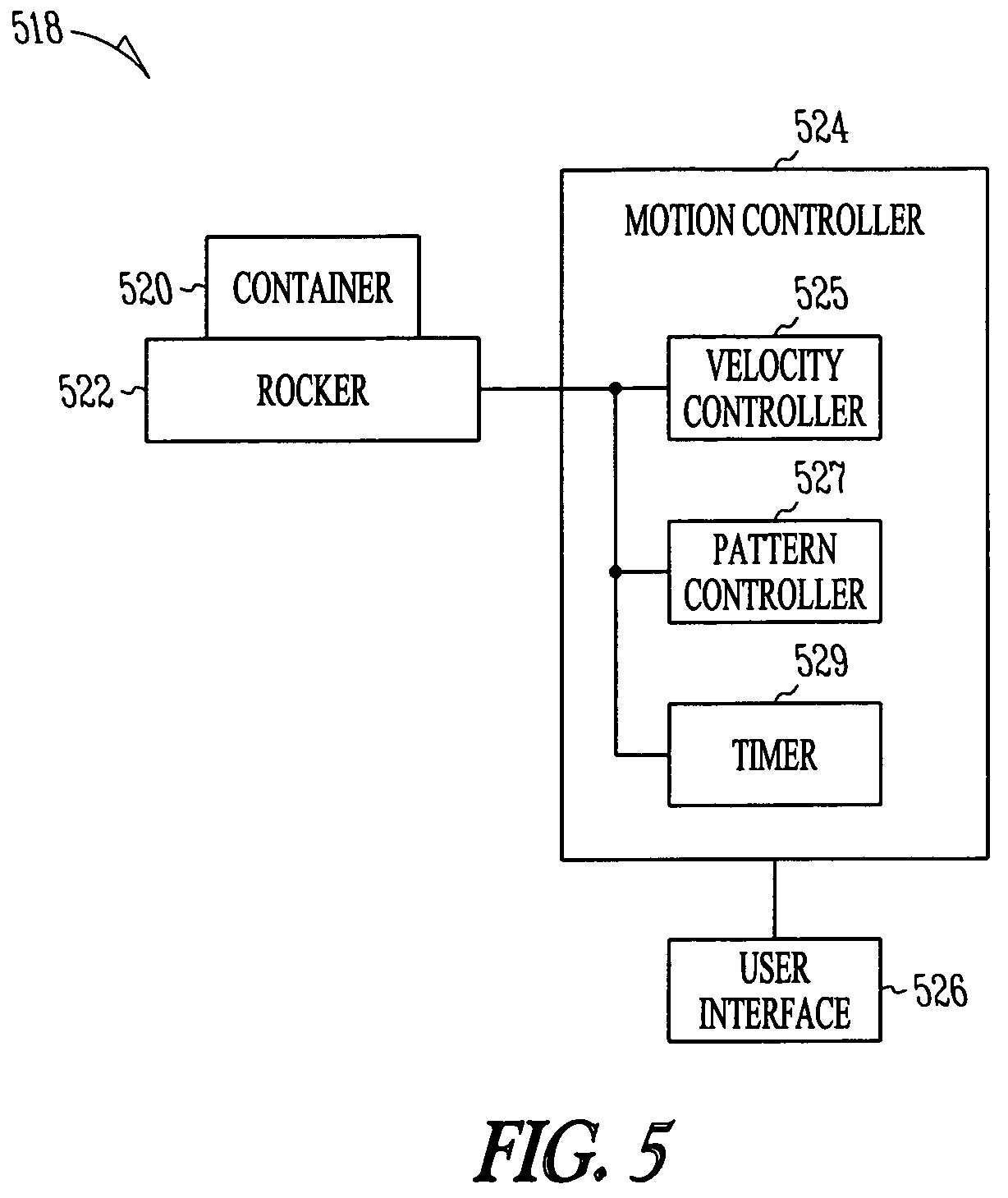Methods and devices to regulate stem cell homing
a stem cell and homing technology, applied in the field of living tissue therapy, can solve the problems of poor stem cell homing, engraftment and retention at the site of interest, etc., and achieve the effects of enhancing the expression of adhesion molecules, and increasing the expression or activation of on
- Summary
- Abstract
- Description
- Claims
- Application Information
AI Technical Summary
Benefits of technology
Problems solved by technology
Method used
Image
Examples
Embodiment Construction
Definitions
[0030]A “vector” or “construct” (sometimes referred to as gene delivery or gene transfer “vehicle”) refers to a macromolecule or complex of molecules comprising a polynucleotide to be delivered to a host cell, either in vitro or in vivo. The polynucleotide to be delivered may comprise a sequence of interest for gene therapy. Vectors include, for example, transposons and other site-specific mobile elements, viral vectors, e.g., adenovirus, adeno-associated virus (AAV), poxvirus, papillomavirus, lentivirus, herpesvirus, foamivirus and retrovirus vectors, and including pseudotyped viruses, liposomes and other lipid-containing complexes, and other macromolecular complexes capable of mediating delivery of a polynucleotide to a host cell, e.g., DNA coated gold particles, polymer-DNA complexes, liposome-DNA complexes, liposome-polymer-DNA complexes, virus-polymer-DNA complexes, e.g., adenovirus-polylysine-DNA complexes, and antibody-DNA complexes. Vectors can also comprise other...
PUM
| Property | Measurement | Unit |
|---|---|---|
| volume | aaaaa | aaaaa |
| pH | aaaaa | aaaaa |
| pH | aaaaa | aaaaa |
Abstract
Description
Claims
Application Information
 Login to View More
Login to View More - R&D
- Intellectual Property
- Life Sciences
- Materials
- Tech Scout
- Unparalleled Data Quality
- Higher Quality Content
- 60% Fewer Hallucinations
Browse by: Latest US Patents, China's latest patents, Technical Efficacy Thesaurus, Application Domain, Technology Topic, Popular Technical Reports.
© 2025 PatSnap. All rights reserved.Legal|Privacy policy|Modern Slavery Act Transparency Statement|Sitemap|About US| Contact US: help@patsnap.com



